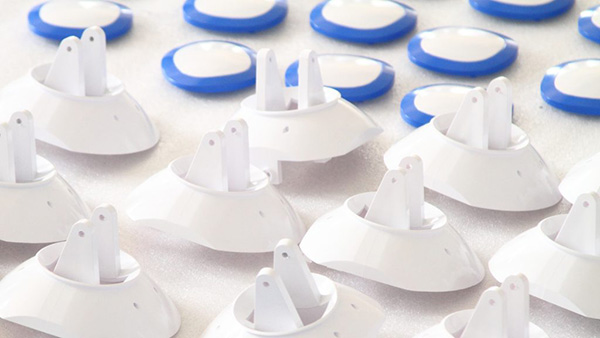Vacuum casting is a vital manufacturing process for those whose work is centered around plastics, it’s a quick and cost-effective process that allows you to enjoy huge economies of scale.
The whole vacuum casting process is usually centered around silicone as the go-to raw material. But there is a whole lot more especially when it comes to the number of the utilities used. One of the most important questions that manufacturers and clients ask themselves is ‘How do you choose the best material?’
Before commencing the vacuum casting process, you should always do your homework to know which elements and products are perfectly suited for your project. It’s for these reasons, we have compiled things that you need to pay special attention to when choosing a material for your project.
Properties
The material properties are amongst the top features that should be closely linked to your project and this couldn’t be any further from the truth. When it comes to properties, this is another spectrum that should be closely studied before you can commence any manufacturing project.
The final end-product should closely reflect the main intended purpose, will it be translucent? How will it look like? Does it require to be UV resistant? Will need a coat of paint? These are some of the questions that will always linger above your head when it comes to the selection of materials.

vacuum casting products*
Features
Features are also very vital as it covers a lot more ground, the parts of what you need to know more about your product are found at this stage, thus making it easier to decide which material to choose.
One of the key features that you need to decide for all your finished product should encompass appearance, flexibility, strength, type of surface, color, and rigidity. Once you’ve decided on the features, you can comfortably now move on to material selection.
Durability
Another essential feature that should always be factored in the durability of the end-product, with the ever-changing consumer trends; most customers are now looking for high-quality products that were built to last.
Will your product follow a certain criterion? Is the part and product built meant to last? Durability will most likely go hand in hand with the planned budget. So, you need to thoroughly research and examine every part of your project before choosing a material to be used which in the long run will hamper the success of your project.
Additional value
The part and product that you intend to manufacture need to fit a certain criterion for the market that’s intended for. Well, this is where mixing comes in; mixing can prove crucial in the long run. For those who want a certain degree of flexibility rubber is the perfect solution.
For those who are looking for transparency, ABS will get the job done. What you need is to ensure all your engineers, designers and technician are well-versed in the art of mixing will help your project in the long run.
Reference
*Image from https://www.hlhprototypes.com/
